It’s time – past time – for investment in York’s Penn Street corridor
In 1753, Hermanus Bott looked to the east across Codorus Creek at 12-year-old York and thought he could create a competitive village.
Surveyors soon were running lines for 50 lots across that fertile land on the Codorus Creek’s west bank. They measured 65 feet wide and 460 feet deep fronting today’s West Market Street. The place became known as Bottstown, though York County’s earliest historians called it Buttstown.
A year later, work started on a courthouse in York Town. Then market sheds were built beside that courthouse, strategically placed where major roads crossed in the center of town: Centre Square.
Botts’ town could never catch up. The west bank did get an indoor market house — Penn Market today — just after the Civil War. This occupied important space, at Market and Penn streets, the latter a major north/south route in this growing area.
And Penn Street more or less marked its western border, Smysertown, Eberton (later West York) and The Avenues filled in agricultural land to the south and west and north.
The west region gained another market — Carlisle Avenue markethouse, today’s Dreamwrights — about 30 years later.
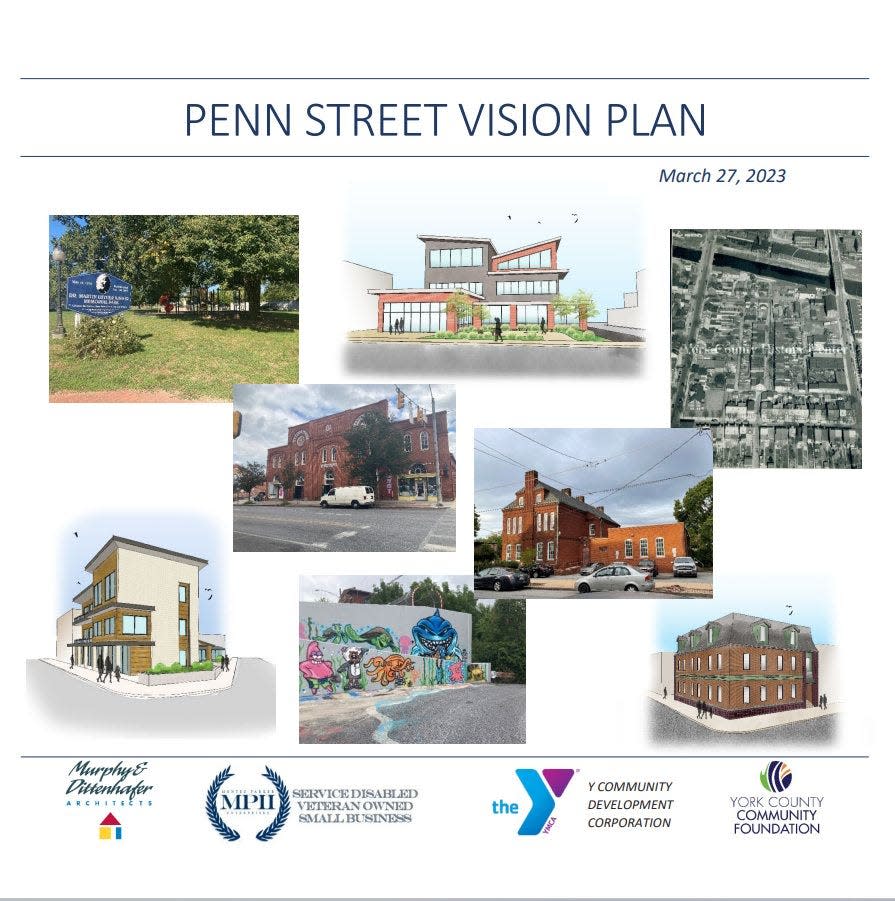
But York had those popular outdoor market sheds and three large market houses: Central, City and Eastern markets.
Bottstown got the fourth Lutheran Church: Union. People worshipped at Christ, St. Paul’s and Zion congregations in York.
Then in 1884, Bottstown was folded into York by annexation, ending Hermanus Botts’ competitive dream.
This century, marketers sought to give this neighborhood of York city an identity, choosing WeCo — West of the Codorus.
But that new identity did not promise investment. The east bank got the stadium and restoration funds for the Yorktowne Hotel. Fancy pressed concrete bricks patterns were generously imprinted on its renewed sidewalks.
People increasingly noticed that things hadn’t really changed much in old Bottstown, particularly along South Penn Street, a kind of epicenter for violence in the York race riots of 1968-69. And the densely populated Salem Square neighborhood, just west of the Penn Street corridor, had become known for its poverty and violence.
Many called for investment in these overlooked neighborhoods. They had history to support their observations about community improvements going elsewhere.
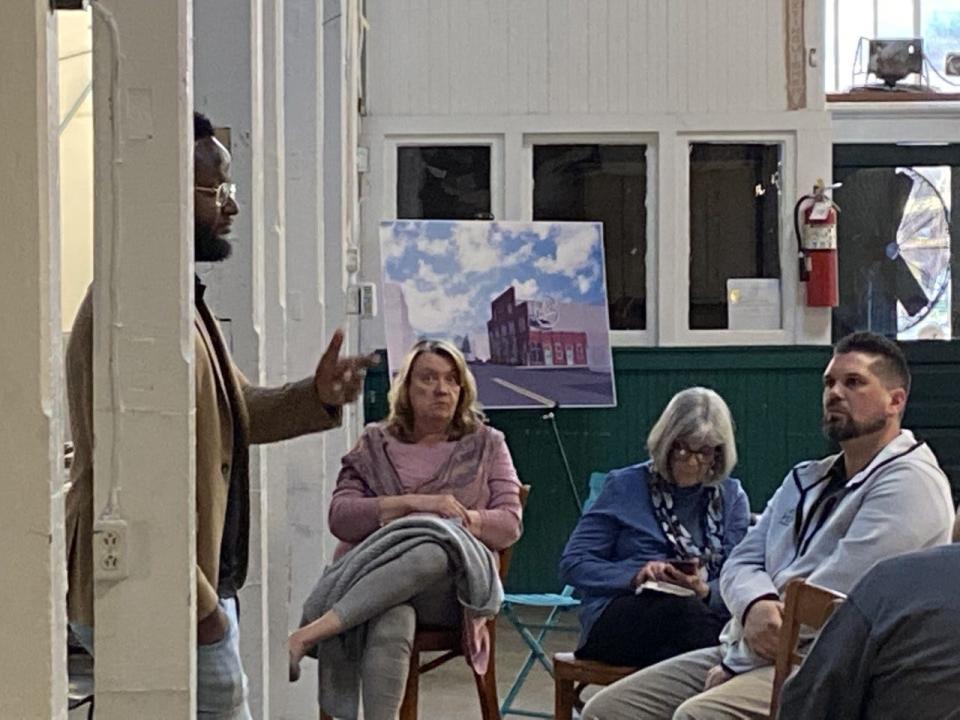
More about the west bank
After World War I, the neighborhoods west of the Codorus attracted Black people from the South seeking opportunity in York and other Northern towns. They faced immense hurdles in York: Depression-area government housing policy — redlining — that discouraged investment in those neighborhoods and housing disruption from Tropical Storm Agnes.
Government at all levels gave one redlined area — the Codorus Street district — a kind of neighborhood whiplash. First, redlining starting in the 1930s made home ownership there difficult. And then government demolished the close-knit neighborhood 30 years later - lack of investment meant dilapidated housing. Martin Luther King Jr. Park covers much of this site today.
This decade, it was time — past time — to draw up a plan to attract investment and to connect residents with growing opportunities near the Penn Street corridor.
And that came earlier this year with the public release of a 61-page document, the Penn Street Vision Plan.
“As new development takes place around Penn Street,” the plan states, “‘now’ is a golden opportunity to connect residents to fresh foods, healthy recreation, livable wages, educational opportunities and more resources.”
The plan identifies the milelong Penn Street corridor as a park-to-park connector: Farquhar Park in the north to Martin Luther King Jr. Park in the south. Across the Penn Street bridge, York College’s Knowledge Park, a research center, is developing in the former Schmidt & Ault paper mill, an example of the type of development that the Penn Street neighborhood could tap into.
York College’s investment in the Knowledge Park has another advantage for Penn Street and its neighborhoods. It’s the closest the college’s main campus comes to WeCo and York’s downtown.
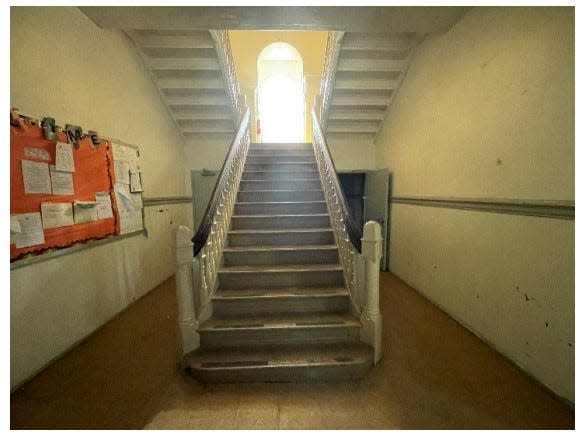
The vision plan
The Penn Street plan puts forth ideas in six themes:
Walkability and safety: This plan calls for improved lighting and elimination of some trees along the streetscapes that are causing dangerous sidewalks and replacement of those sidewalks. And yes, those pressed concrete brick patterns are envisioned.
Park-to-park connection: The plan counts nine parks along its route, and the idea is to provide signing with wayfaring and historic information.
Reinventing the Princess Street Center: This 7,500-square-foot building, with a gym, served as a school until 1962 and then a community center after that. The plan calls for it to return to a community center, a safe place for children “to play and grow.”
“The Princess Street Center has a long reputation for providing that resource for families,” the report states.
Access for all: Interestingly, the Penn Street corridor shows a higher level of homeownership compared to the rest of the city. The idea is to build on that, implementing plans like the state’s Whole Home Repairs Program that provides homeowners up to $50,000 to improve water and energy efficiencies and other habitation improvements.
Expand development opportunities: This theme includes constructing mixed use buildings on vacant spaces or converting existing structures to mixed use.
A model would be for the location of commercial space on the first floor and residents above. The resulting increase in population density would benefit the businesses. The plan identifies properties eligible for this use. The large building at 50 N. Penn St. is one example.
Ignite Penn Market: Renovations for this 1866 vintage market are set to begin at the end of 2023, using $3 million in state and local funds. This work would come at a moment of promise for the market house — vendor stalls are at capacity.
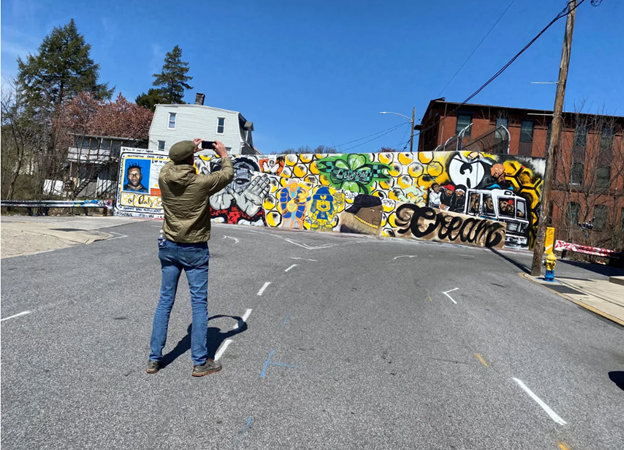
Favorite parts of plan
The plan comes after Montez Parker II and Murphy & Dittenhafer Architects surveyed residents, possible investors and government officials.
Parker, who grew up in the Penn Street neighborhood, led the presentation of the plan at Penn Market in April. Since that gathering in which the plan was generally well received, he has focused on concerns raised at the meeting. For example, would gentrification raise rents beyond the reach of existing residents? He believes such concerns are addressed in the plan.
What are his two favorite parts of the plan?
“I’m glad you asked for two,” he said.
He believes the Princess Street Center, as a community center, would provide a kind of glue or connectivity to the different parts of the project. He likes its history and the progress that its story tells. The 1889 building served as a school for white students until 1951 and was integrated before the Brown v. Board of Education decision in 1954. Then it was a community hub for decades, a place for the community to come together.
The second is the plan’s call to connect the critical mass of parks and green space, particularly at the southern part of Penn Street: Friendship community gardens (at College and Penn); Martin Luther King Jr. Park, Thackston Park (east side of Penn Street at the bridge), Knowledge Park (economic development and community engagement opportunities) and the York County Heritage Rail Trail, which runs just south of Knowledge Park.
And not to be overlooked: The north end of Penn Street connects with Farquhar Park. Its grand bandstand overlooks Penn Street.
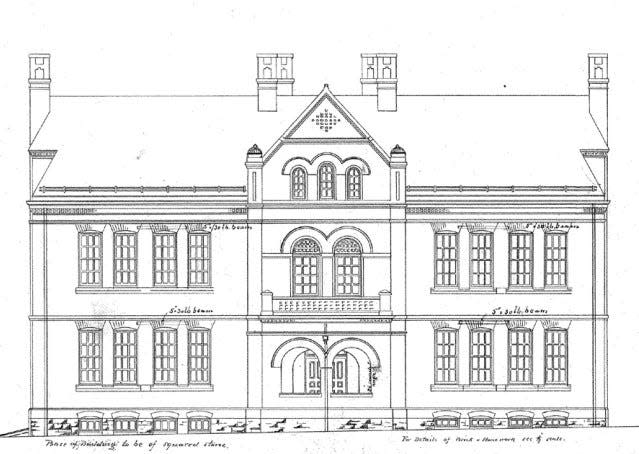
Answering investor questions
The plan is available for the public to see on York city’s website.
Parker and others interested in economic development now can answer the question from those seeking to invest in this key part of the city: What’s your plan for the Penn Street corridor and the west end?
And an answer to a second question. What are your specific goals for these neighborhoods?
That answer comes right from the plan: “The need to connect York City residents to affordable housing, opportunity, equity, and downtown commerce is ripe.”
Sources: “West Manchester Township 200th Celebration, 1799-1999”; YDR files; Penn Street Vision Plan.
Upcoming presentations
James McClure will present on these Civil War topics in June:
-“Telling York County’s Full Civil War Story … At Last,” 7 p.m. June 21, York Civil War Roundtable, York County History Center. He traces the way York has discussed — or sat in silence — in regard to those days marked by York’s fathers’ surrender of the town to the Confederates. He follows the telling of York’s Civil War and related Underground Railroad story up to the current day, a moment marked by extensive research into those days when the Confederates marched across York County soil in 1863.
-“Discovering York County’s Lost Underground Railroad and Civil War Sites,” 10 a.m. June 24, Wrightsville Historical Society, John Wright Mansion. He will tell about unsung and little-known Civil War sites that might provide ideas about places to visit to better understand the war's massive impact on York County and its people.
-“Spanning the Susquehanna: The Bridge that Burned and other River Bridges,” 5 p.m. June 25, John Wright Restaurant lawn, Wrightsville. He will tell the story of the bridges that have linked Wrightsville and Columbia with a particular focus on the wooden covered bridge that men under Union command torched 160 years ago.
Jim McClure is a retired editor of the York Daily Record and has authored or co-authored nine books on York County history. Reach him at jimmcclure21@outlook.com.
This article originally appeared on York Daily Record: It’s time for investment in York, Pa.’s Penn Street corridor

